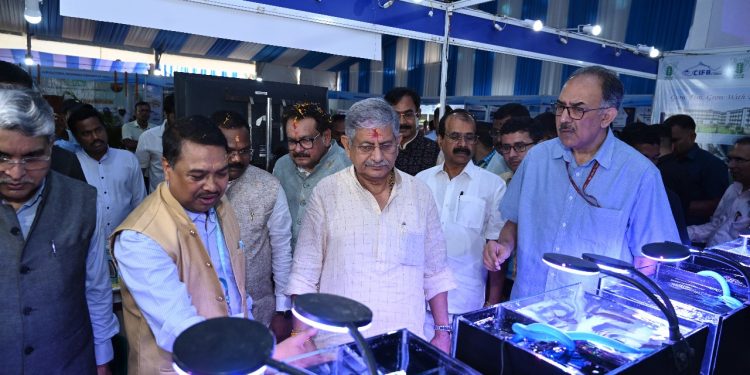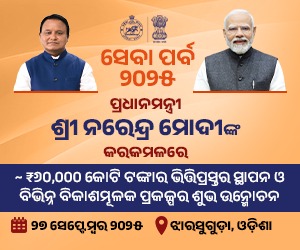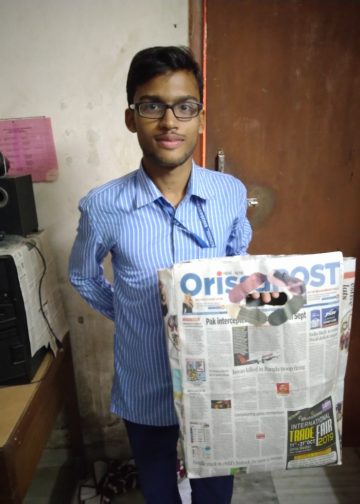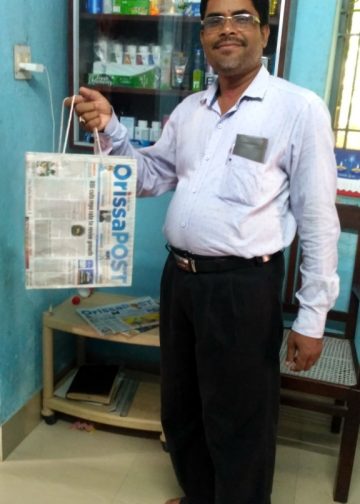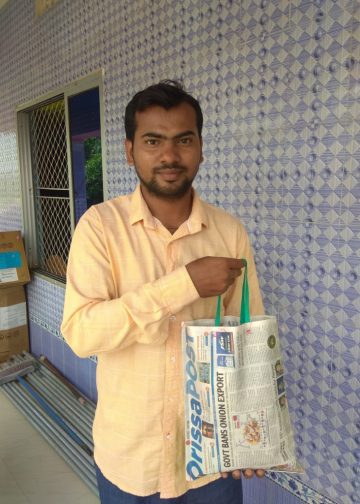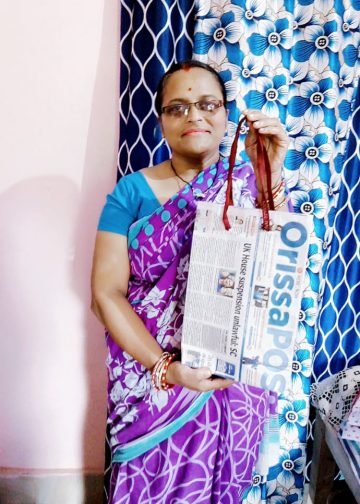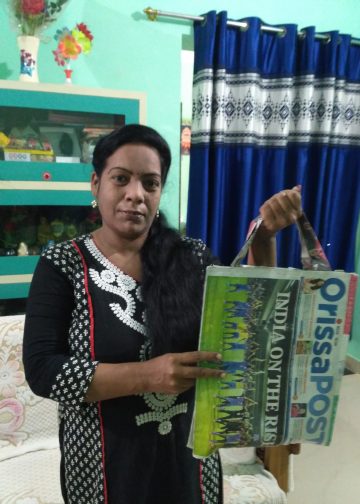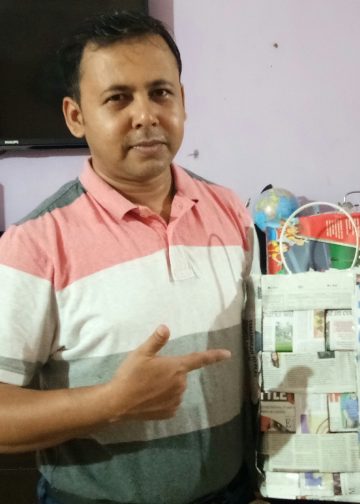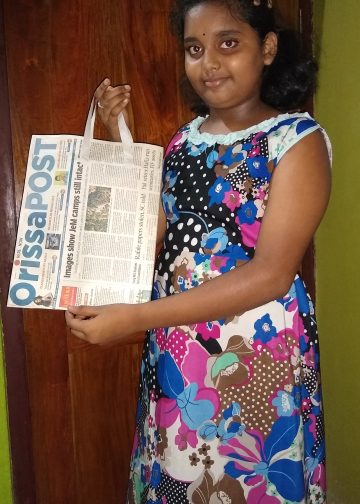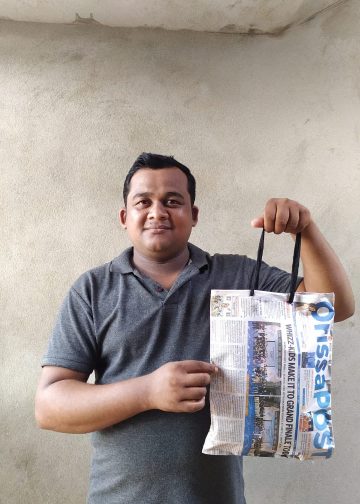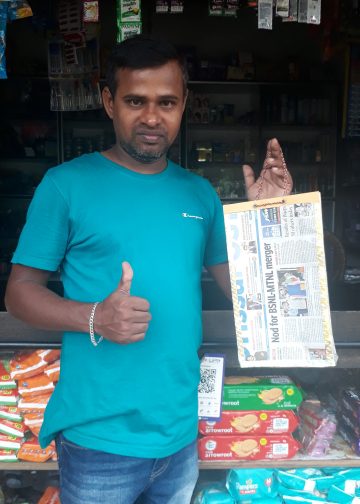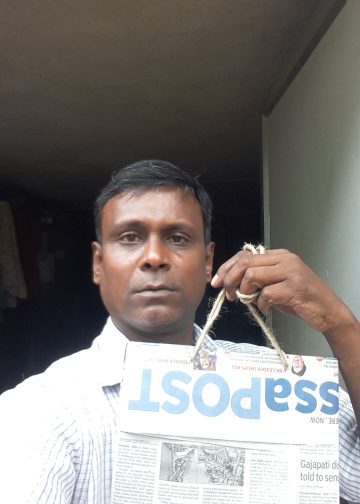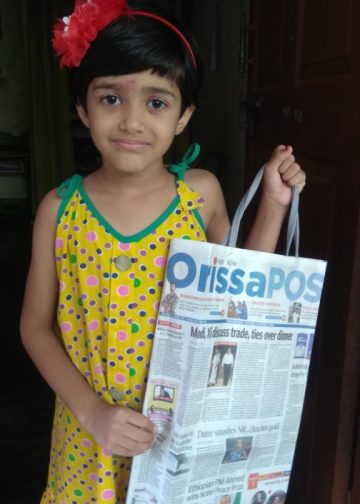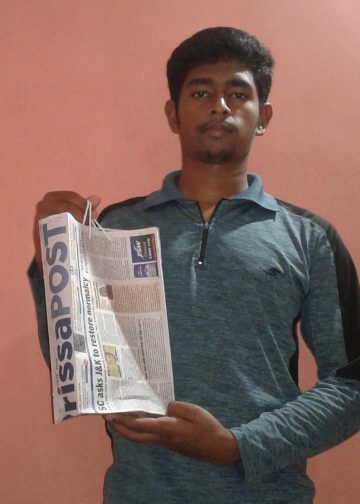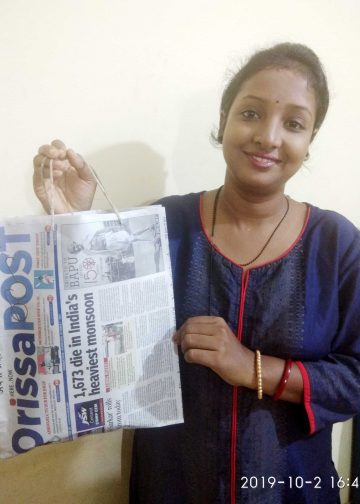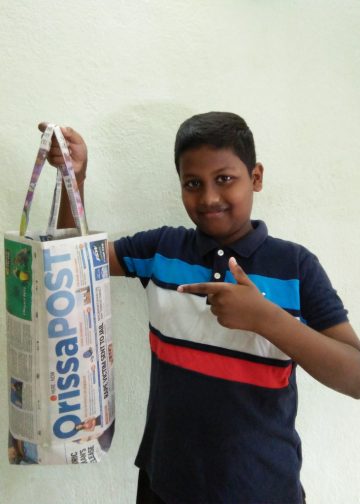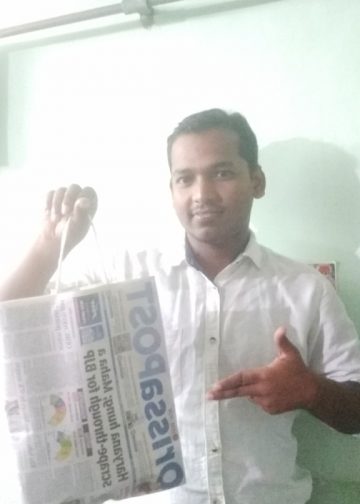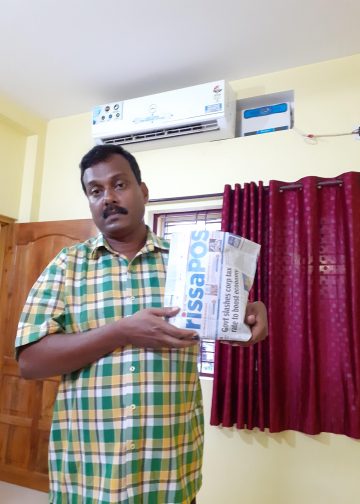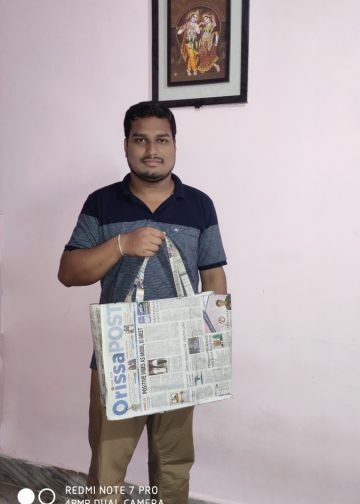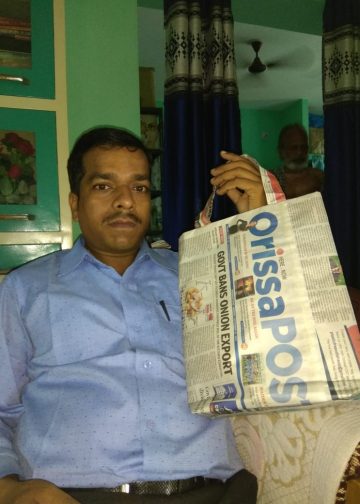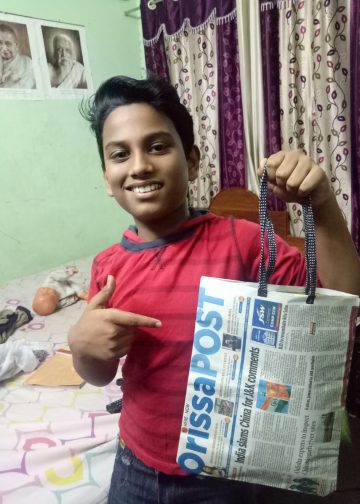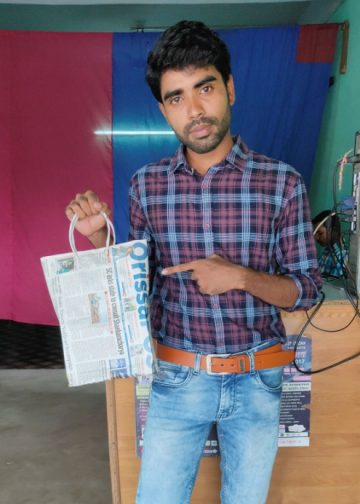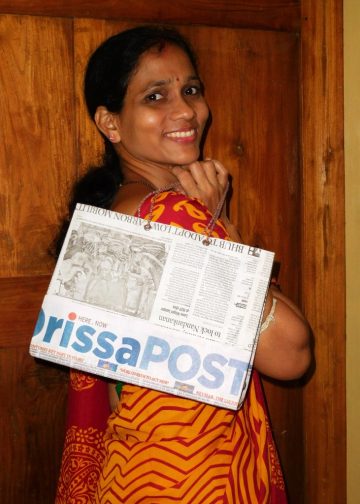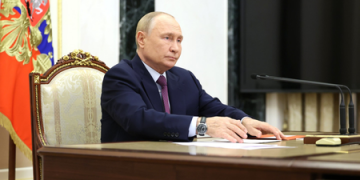Bhubaneswar: Union Fisheries, Animal Husbandry and Dairying Minister Rajiv Ranjan Singh Thursday reported a 103 per cent rise in fish production from 2014 to 2024.
He stressed the need for improved infrastructure, sustainable practices, social security, and advanced training in areas like pearl culture, pabda and murrel farming, and organic aquaculture. The Ministry of Fisheries, Animal Husbandry & Dairying (MoFAH&D), in collaboration with the Department of Fisheries and NFDB, celebrated National Fish Farmers’ Day 2025 at ICAR–CIFA in Bhubaneswar. Reaffirming the Centre’s commitment to transforming the fisheries sector under the Pradhan Mantri Matsya Sampada Yojana (PMMSY), Singh launched 17 new fisheries clusters, taking the national total to 34.
He also inaugurated and laid the foundation stone for 70 projects worth Rs 105 crore across 11 states. He also unveiled the ICARNFDB Training Calendar and Seed Certification Guidelines, and released the book “Freshwater Aquaculture Technologies” by ICAR-CIFA: Innovations for Diversification and Sustainability. Several PMMSY projects were also virtually inaugurated.
Also Read: ED raids Chakra’s residence again, seals transport office
The event was attended by MoS Prof SP Singh Baghel, George Kurian, Fisheries & Animal Resources Development Minister Gokulananda Mallik, several MPs, MLAs, and senior officials from ICAR, DoF, NFDB, and the Odisha Government. ICAR-CIFA director PK Sahoo hosted the programme. Mallik highlighted various schemes of both the Central and state governments aimed at strengthening the fisheries sector. MoFAH&D secretary Abhilaksh Likhi outlined key initiatives, including an Aqua Park in Sambalpur, scampi hatcheries, and disaster preparedness in 18 cyclone-prone villages. He stressed Odisha’s vital role in achieving India’s 195 lakh tonne fish production target and highlighted focus areas like deep-sea fishing, harbour modernisation, and capacity building via ICAR. A major highlight was the exhibition by FFPOs, startups, and women fisher groups, showcasing innovations and value-added products.
Over 1,500 participants—comprising fish farmers, entrepreneurs, and stakeholders—attended, reflecting the strong synergy between science, policy, and industry that drives the Blue Revolution. The event also marked the 1957 breakthrough in carp breeding by KH Alikunhi and HL Chaudhuri, a milestone in Indian aquaculture.

